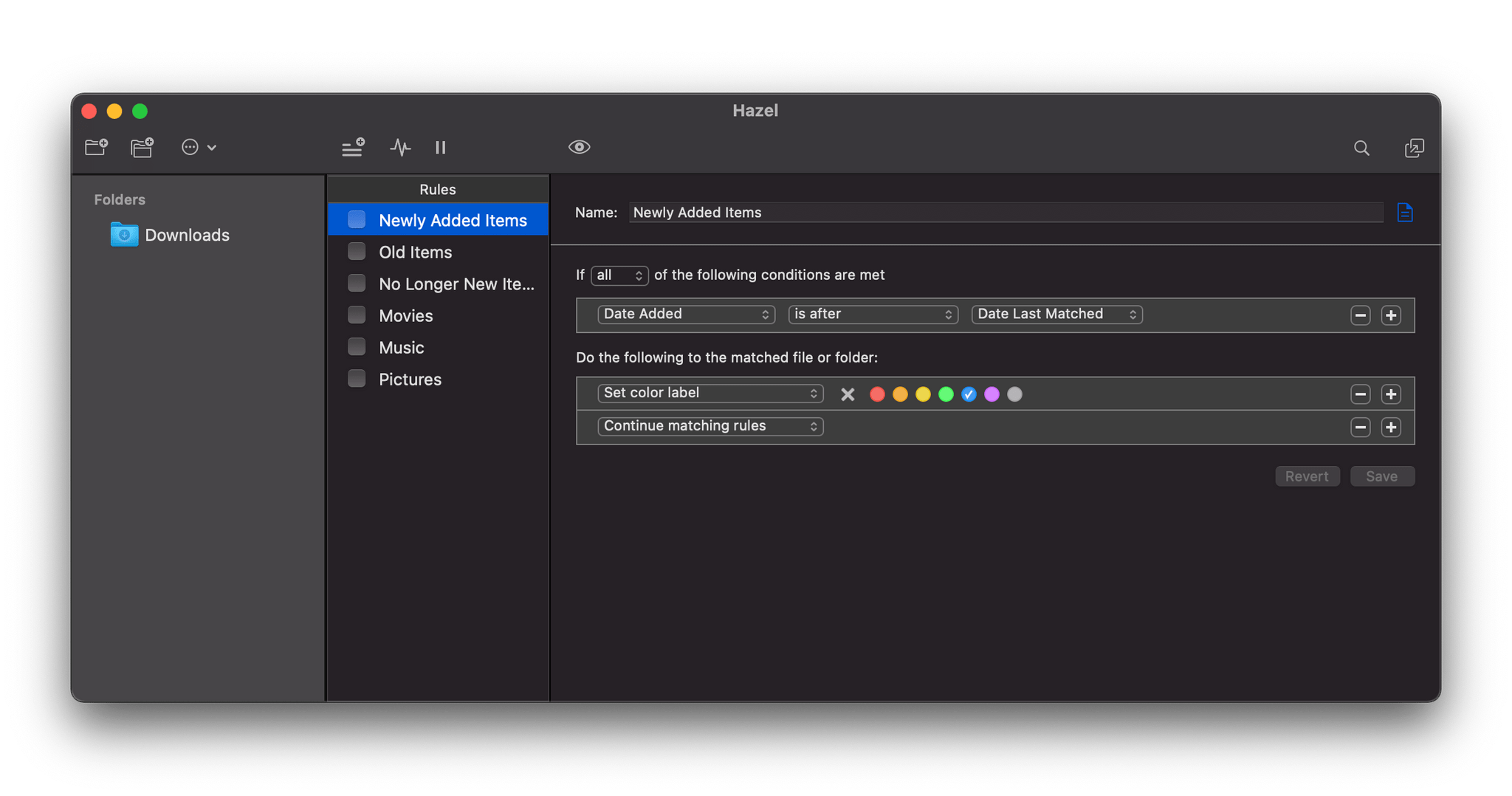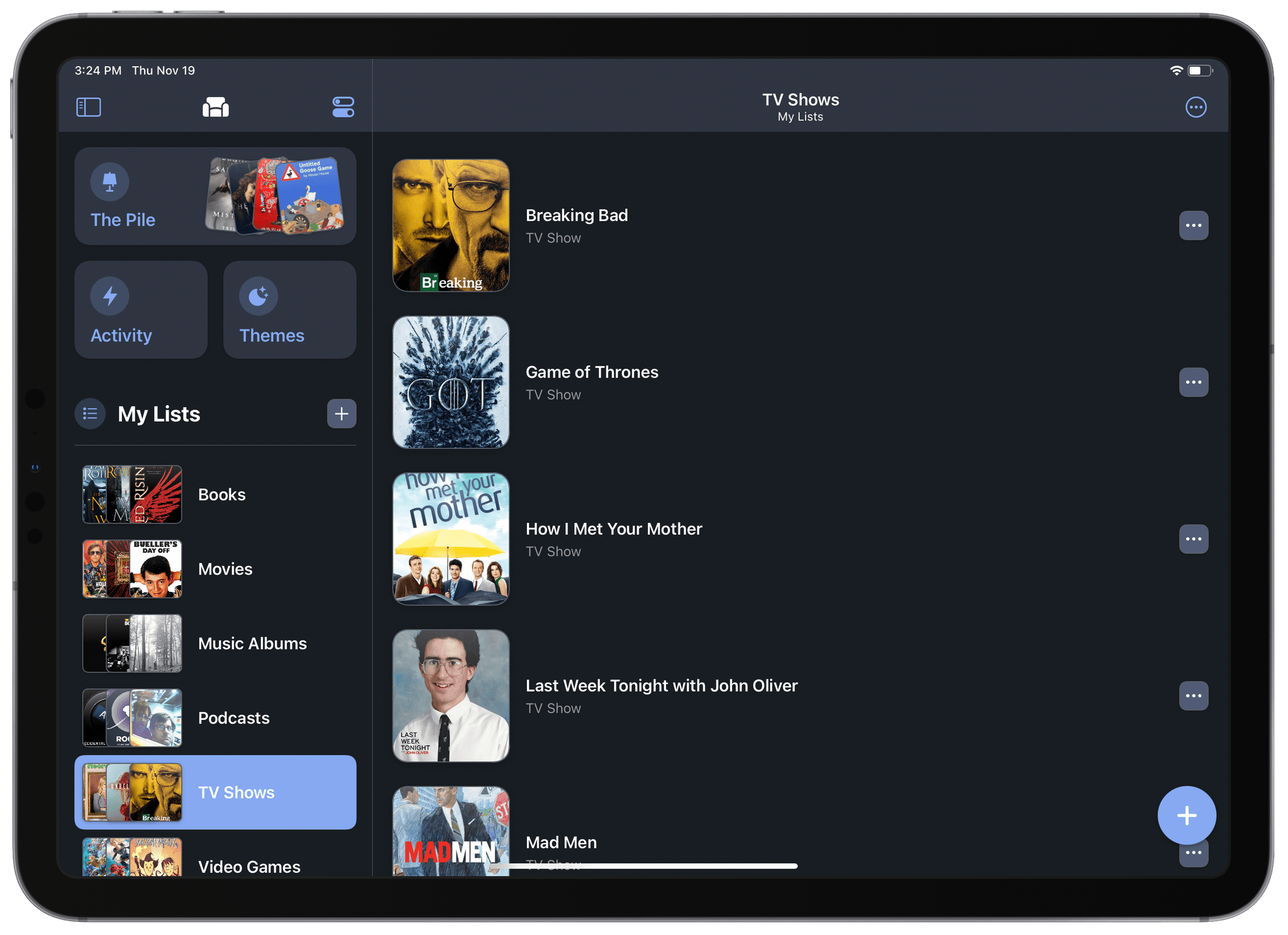Following Apple’s special event this Tuesday, The Independent scored an interview with Craig Federighi, Greg Joswiak, and John Ternus. The Apple execs provided some fascinating insight into their new M1 chips, including that the speed and battery life of the M1 Macs were far greater than even Apple had imagined they would be before the project began.
Federighi discusses the differences between the new MacBook Air and Pro as well. The Independent’s Andrew Griffin writes:
The M1 arrives at first in three different products: the MacBook Air, MacBook Pro and Mac Mini. The latter occupies its own place in the line-up, but given that the Air and Pro now have the exact same chip, how can they stay distinct?
“Thermal capacity,” says Federighi decisively. The Pro has a fan – Apple calls it an “active cooling system” – while the Air doesn’t, and the rest of the performance flows from there.
Federighi starts sketching out a graph that will be familiar to anyone who watched the event. The thing that is really holding these chips back is heat: as you give them more cooling to play with, they become even faster. The MacBook has some other things, too – such as even more battery – but it’s that extra headroom that really allows them to roar.
The interview also discusses Apple’s chip naming strategies and their decision to not ship new laptop hardware designs alongside the new chips. Federighi even gets a chance to pour cold water on the popular theory that Big Sur is paving the way for touchscreen Macs:
“I gotta tell you when we released Big Sur, and these articles started coming out saying, ‘Oh my God, look, Apple is preparing for touch’. I was thinking like, ‘Whoa, why?’
“We had designed and evolved the look for macOS in a way that felt most comfortable and natural to us, not remotely considering something about touch.
Make sure to check out the whole article over at The Independent.



